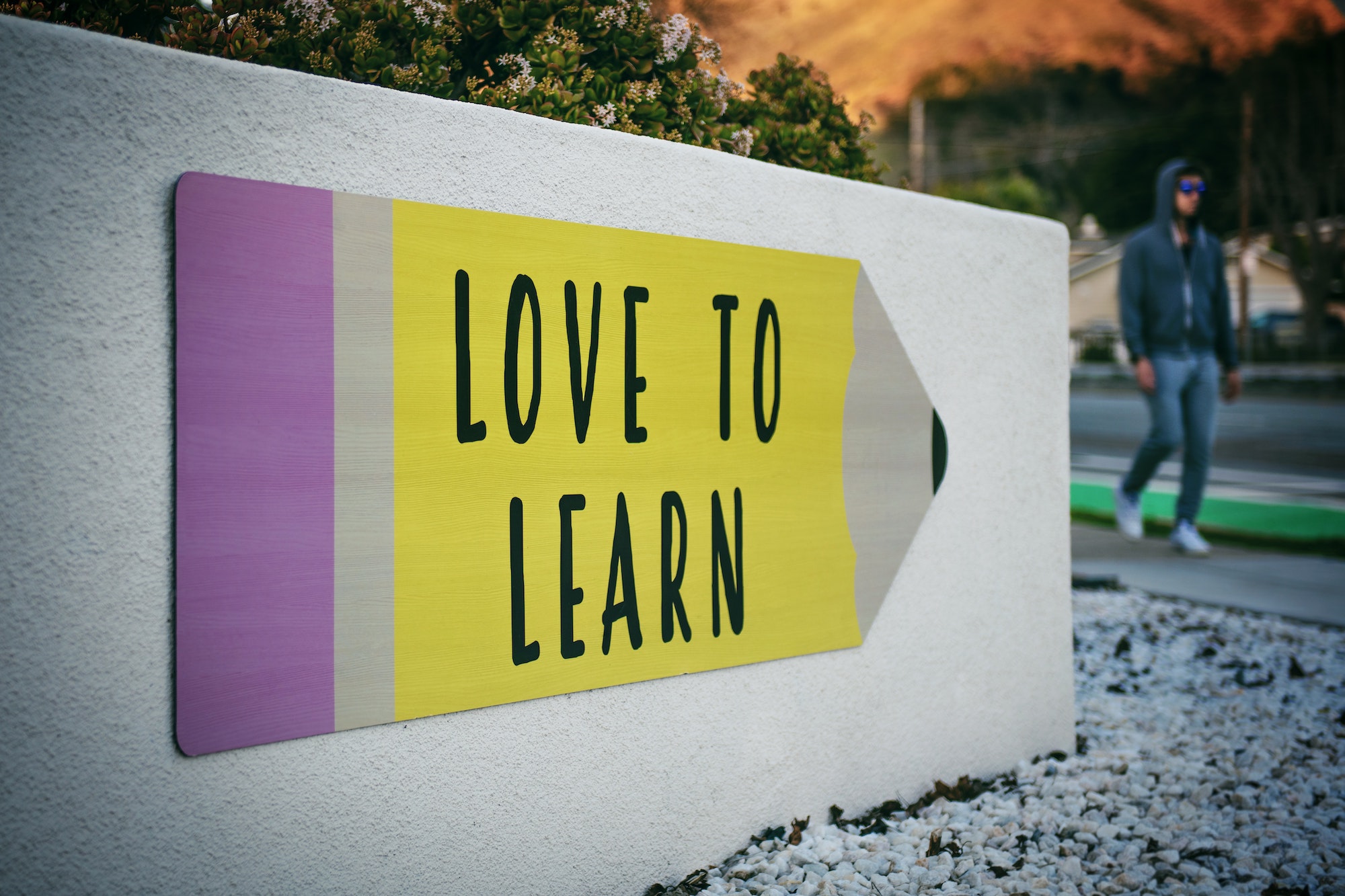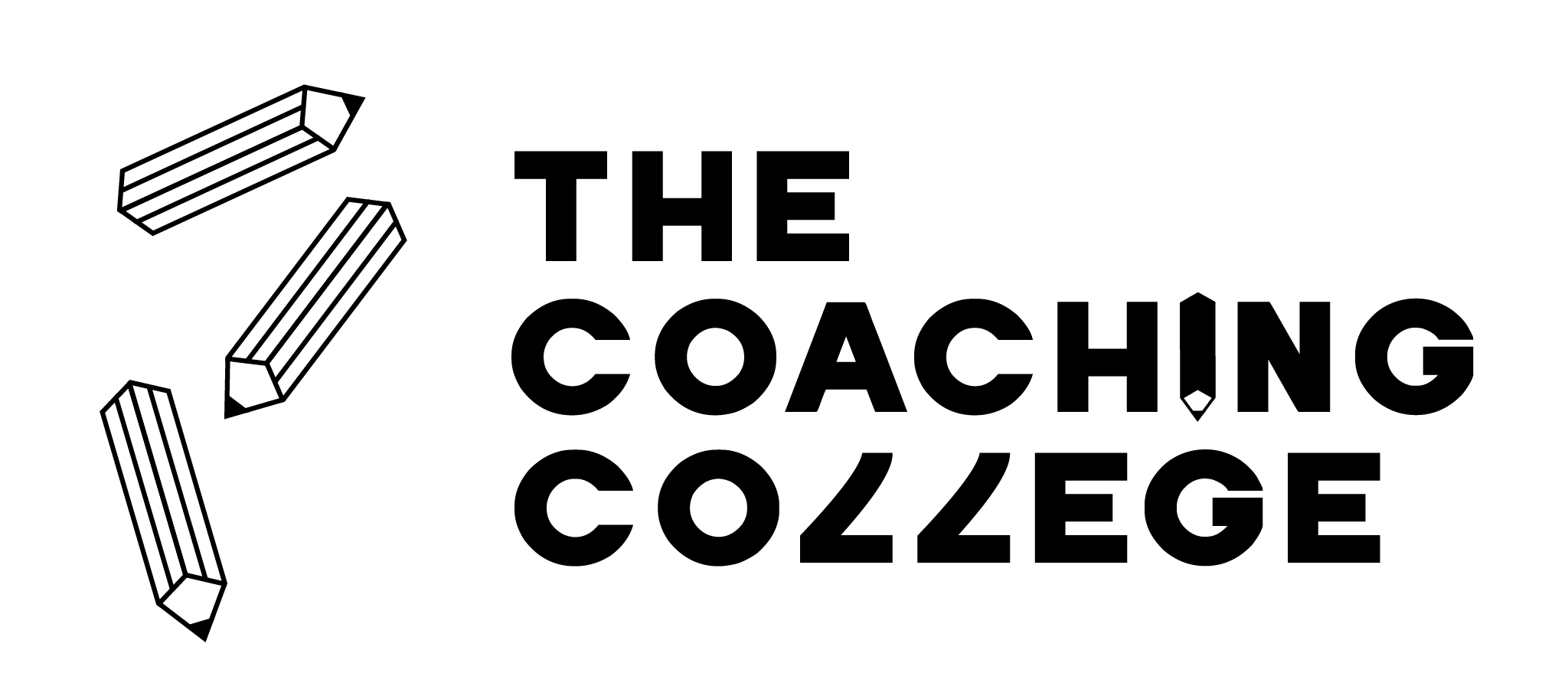
06 Feb Why Learning Should Be Fun For Students
Education is not a sport.
This may seem like an obvious thing to say, but sadly, this winners-and-losers approach has been taken on by many of our local teachers, parents and schools.
Increasingly, the single, greatest measure of a student’s success is their test results and rankings comparing them to their peers. In education and learning, nothing could be further from the truth. The truth is, a lifelong love of learning is the most important element of a student’s life, and the biggest factor that determines their success as students.
WHAT DO SUCCESSFUL STUDENTS HAVE IN COMMON?
In my experience, it’s a great teacher. Or if they’re lucky, several great teachers. By far the most important element of a student’s life, a teacher shapes the way a student learns and perceives their education.
The teacher that did this for me in my senior years at Hurstville Boys’ High School was Mr. Sender. He taught all levels of math and maintained a standard of teaching I remember clearly to this day. He was very methodical, teaching step by step, explaining thoroughly and checking that each of us understood as he went along. He took the time to answer our questions and always linked a topic back to the real world.
Mr. Sender was also an excellent role model who demonstrated an inspiring work ethic, attitude and integrity. He had high expectations of us and challenged us to challenge ourselves. The fact that he was also just a really nice guy who treated us as individuals, meant we responded in kind and listened to what he had to say. As my enjoyment in learning maths increased, I found myself enjoying the actual process of learning itself. As a result, I became motivated to improve my understanding and marks in my other subjects. This is something that has stayed with me for life.
THE TEACHER-STUDENT DYNAMIC
Positive dynamics between teacher and student is one of the most important factors that determines a student’s success. In order to achieve these dynamics, a teacher must make the process of learning the material enjoyable for the student, without compromising.
If a parent asks me to assess their child by giving an exam, my approach is quite different. I ask the parent to bring their child along to a class, to see how they learn from me, and observe the relationship that can be developed between a teacher and student. Here are a few of the things I do.
Setting up an environment for learning in my classroom.
In order to learn, a student needs to feel comfortable and respected. As a teacher, I communicate to the student that I will teach them things of value, and the student needs to be open to receive the information.
Aiming to support and develop confidence in my students.
My job is help them learn to answer questions that they were previously unable to do, or giving them a simpler approach to answering questions. This involves going over a concept and tracking back to where they lack understanding, and then filling in the gaps from there.
Relating a concept to the world around us.
Learning about topics and concepts out of context is difficult for students to connect to. I always make the material I’m teaching relevant and interesting to students by giving some background on a concept, or explaining the real-world application for a formula or theory.
If I can acquire these dynamics based on a reliable teacher-student relationship, then the rest is easy.
BECOMING OPEN TO LEARNING
Once the student has experienced the proper dynamics of learning, they will become more receptive in other subjects at school. This opens the possibility for the student to learn from other teachers in the same way. Education then, is not viewed competitively, but rather as a vehicle to better yourself, and your understanding of the subject you’re participating in.
My hope is that an enjoyment of learning influences the student in other aspects of their lives, with whatever they may aspire to do in future.

